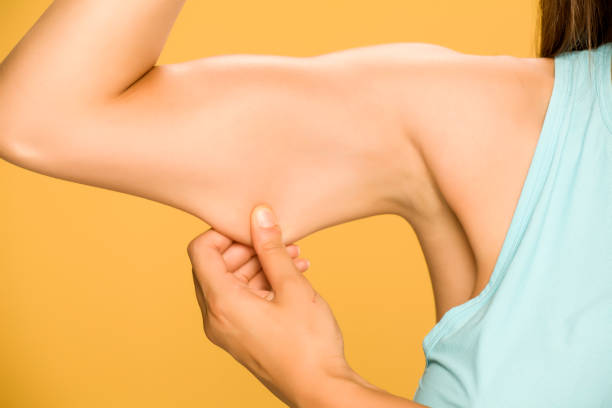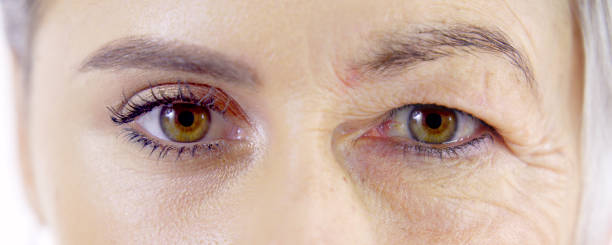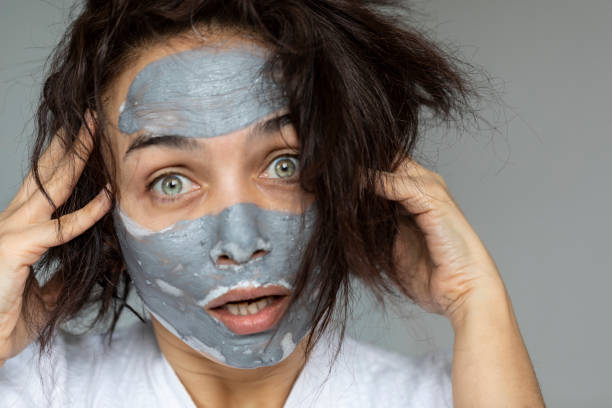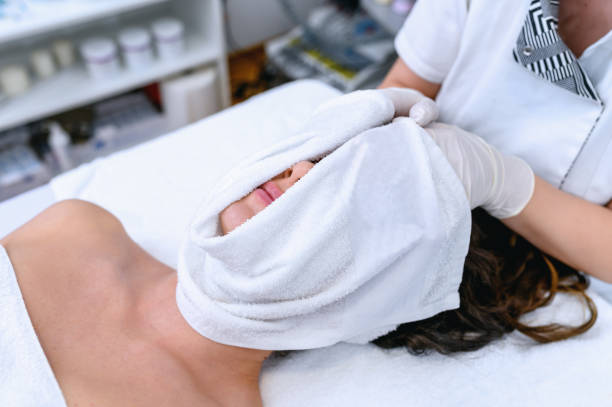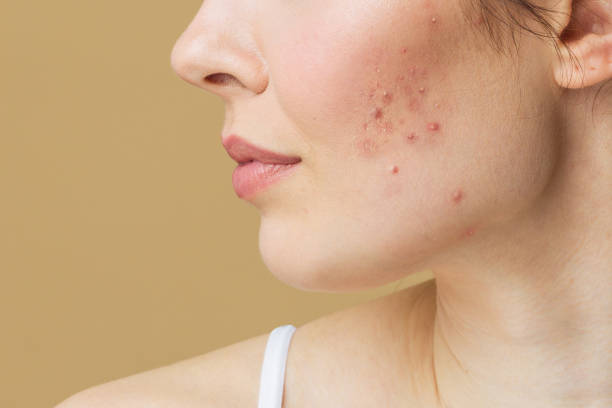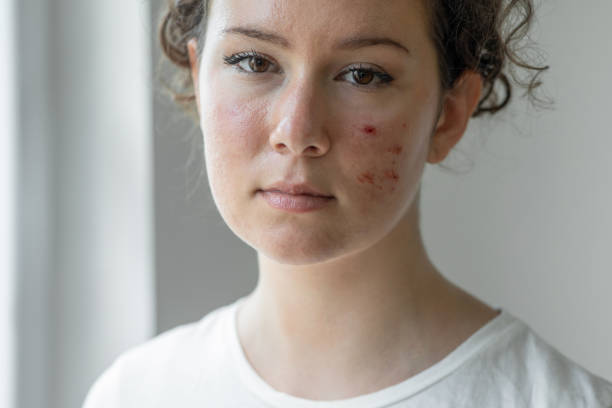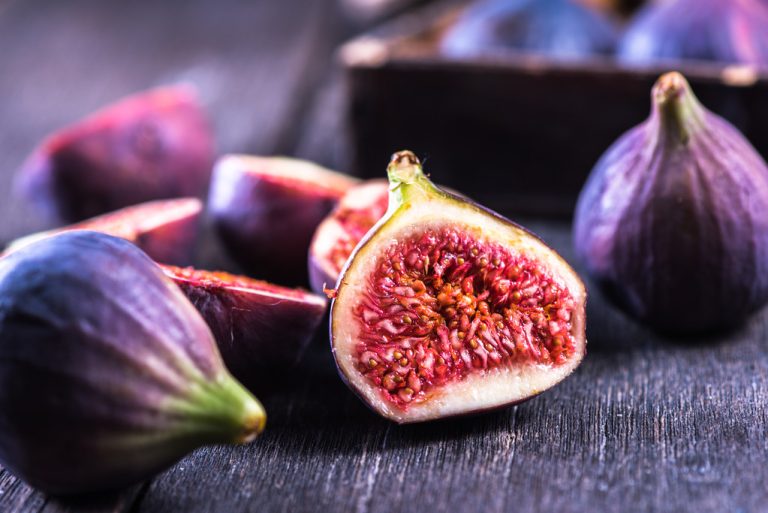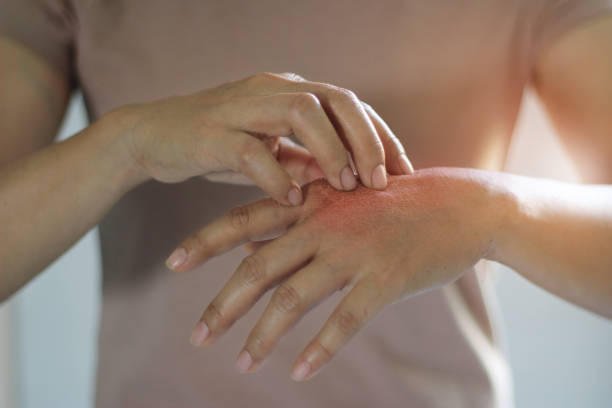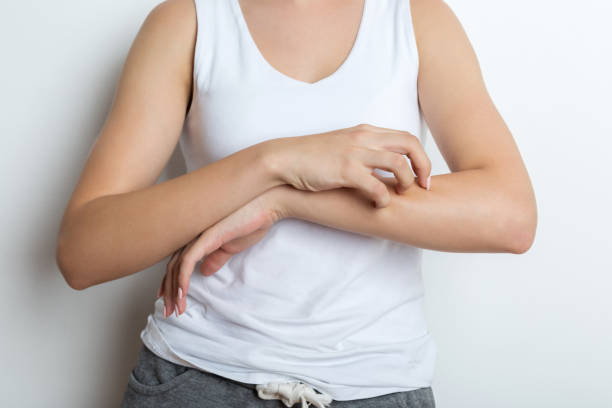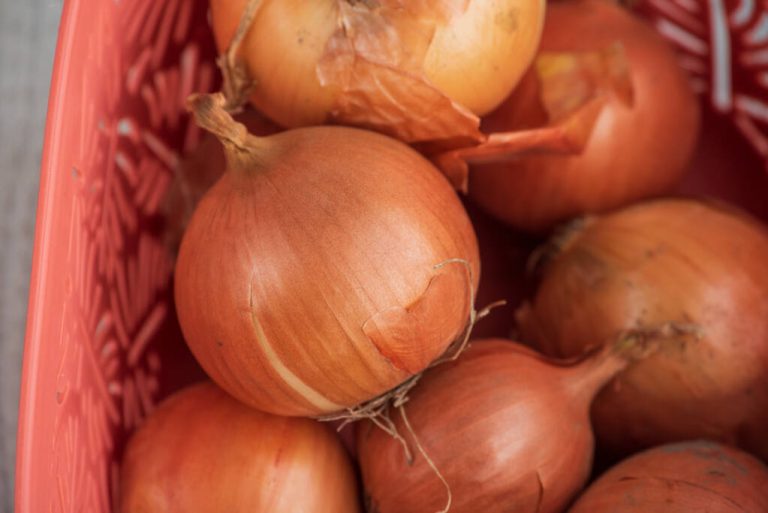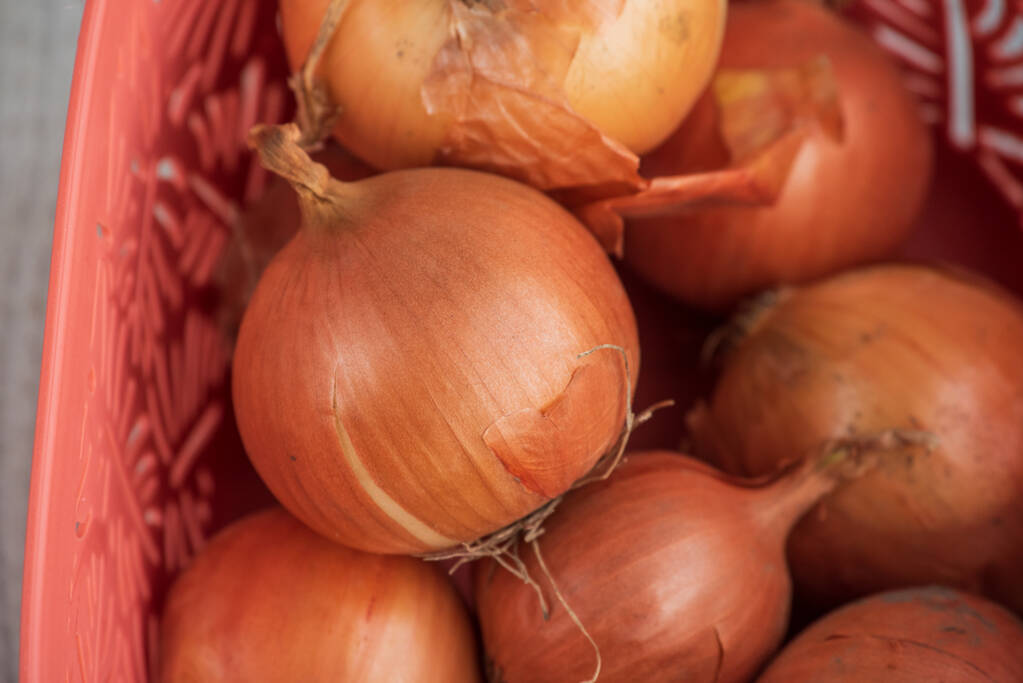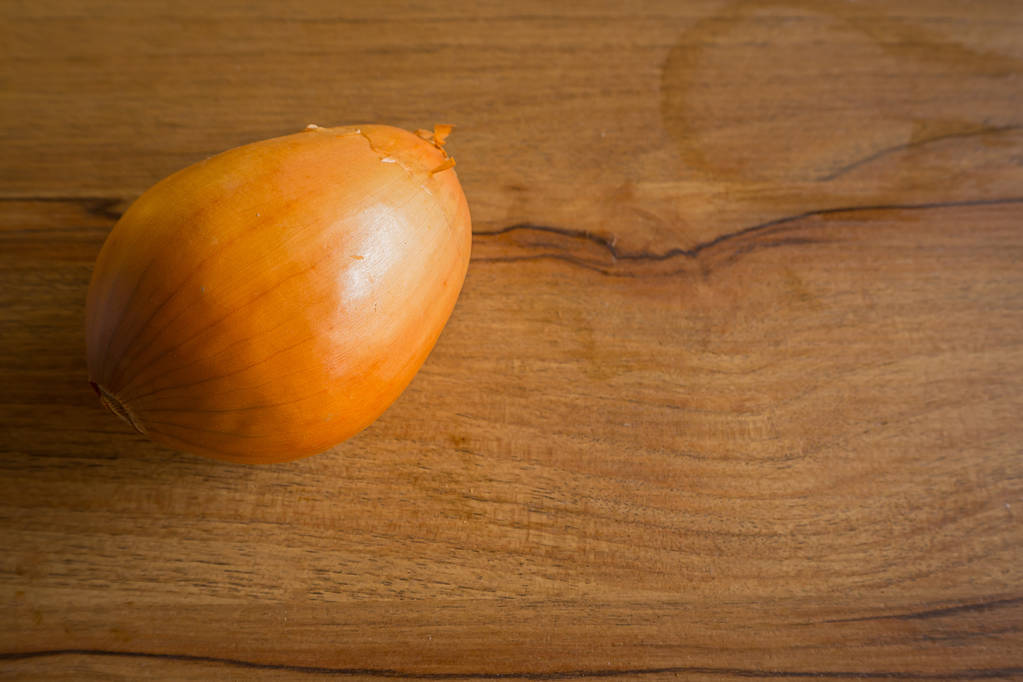Sensitive skin can be very stressful for those affected. The right skincare plays an important role in alleviating the symptoms and discomfort. We clarify the causes and show you home remedies for the care of sensitive and painful skin.
Causes of sensitive skin
The skin is one of the largest human organs. If it hurts and reacts sensitively, it is very stressful. But what are the reasons for sensitive skin? The causes can be very individual. While some sufferers react to stress, cold, cosmetics, or food, others have deeper problems. A disorder of the skin barrier, predisposition, incorrect hygiene, or hormonal balance can be responsible for sensitive skin. Therefore, the causes must always be determined in order to find the right treatment.
Symptoms and common complaints
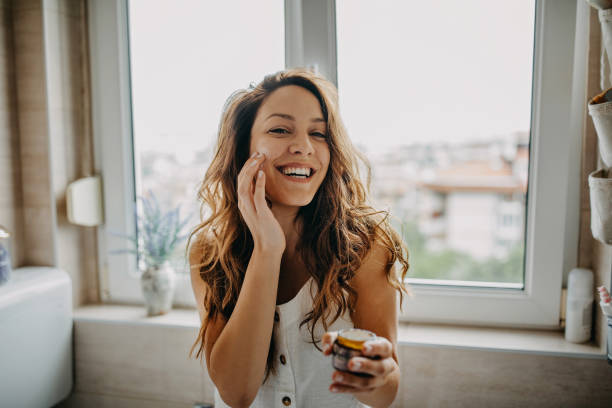
The symptoms of sensitive skin also manifest themselves differently. The affected area of the skin is often red, tight, and itchy. In addition, dry patches, pimples, or skin irritations can be a sign of a sensitive skin type. The face is most commonly affected. However, the hands, feet, scalp, or genital area can also show symptoms. It is therefore important to protect sensitive skin in winter and to find the right skincare for this skin type in summer.
Suitable home remedies for sensitive skin
If you suffer from sensitive skin and want to alleviate the symptoms, you should first find out what the cause is. Then you should follow a few tips. Because these can reduce many symptoms. In addition, there are some home remedies that are suitable for the care of sensitive skin types. We have collected the most important ones for you:
1) Avoid water that is too hot
Since using water that is too hot can damage the skin barrier, you should avoid taking a shower that is too hot. Also, you shouldn’t shower every day. Because water dries out your skin. You shouldn’t wash your face too hot either. Consequently, when it comes to good skincare, less is more!
2) Avoid irritating ingredients
Many cosmetic care products contain artificial ingredients and unnecessary fragrances. And these are not good for your skin. Consequently, try to choose cosmetics with no or only a few of these ingredients. Sensitive skin, in particular, reacts to these substances with itching, redness, and burning. Also, note effective home remedies for itching and burning on the skin.
3) Use skin-friendly homemade shampoo
Shampoo often contains questionable ingredients that nobody needs. If you want to do something good for your sensitive scalp, use organic shampoos without artificial ingredients. Or go one step further and use our recipes to make your own natural shampoo.
4) Make your own shower gel for sensitive skin
You can also make your own shower gel. So you can be sure that unwanted substances are not included. Because most natural ingredients are used that gently care for your skin. So you get delicate soft skin without using chemical products.
5) Use natural cosmetics
Sensitive facial skin usually reacts negatively to commercially available make-up products and make-up. It can therefore make sense to try out natural cosmetics. You will find a variety of natural cosmetics and vegan cosmetics on the Internet. These products do not contain any harmful ingredients. On the other hand, you can also easily make natural cosmetics yourself and use them for your sensitive skin.
6) Protect your skin from the sun
Sensitive, painful skin often reacts to sun and heat. Therefore, you should protect your skin effectively from the sun. This way you not only avoid redness and burning of the skin, but you can also prevent a bad sunburn. Also, remember that UV exposure accelerates skin aging. So there are many reasons for sunscreen, big hats, and long clothes.
7) Rule out allergies and intolerances
Sensitive skin can also be triggered by food intolerance or allergies. So you should observe whether you are allergic to some foods. If your skin starts to itch and burn after consumption, you should discuss this with medical personnel. Or do you suffer from a house dust allergy? Then you should also take measures against house dust mites here.
8) Apple cider vinegar for sensitive skin

You can find some testimonials about apple cider vinegar as a skincare product on the internet. Those affected by neurodermatitis or painful skin talk about the use of apple cider vinegar. To do this, mix one liter of water with two tablespoons of apple cider vinegar. Then use it for washing or as a shampoo. Consequently, the pH value of the skin should be regulated and important bacteria strengthened. In this way, you support your skin barrier.
9) Coconut oil for gentle skincare
Natural coconut oil can provide the skin with sufficient moisture. In addition, it usually does not contain any additional substances that could irritate your skin. But as with all home remedies and tips, try it on a small area first to see if it is compatible. It can also take a few weeks for the skin to get used to the new care.
10) Homemade scrub for sensitive skin
We also recommend a homemade peeling made from sugar and olive oil for people with sensitive skin, which ensures pleasant skin. Consequently, mix a teaspoon of sugar with enough olive oil for the natural exfoliation. Then you can apply the spreadable paste to all areas of the skin and rub away the dead skin cells with it. The sugar grains ensure improved blood circulation in the skin and the olive oil has an additional care effect. Then simply wash off with lukewarm water and gently pat the skin dry.



